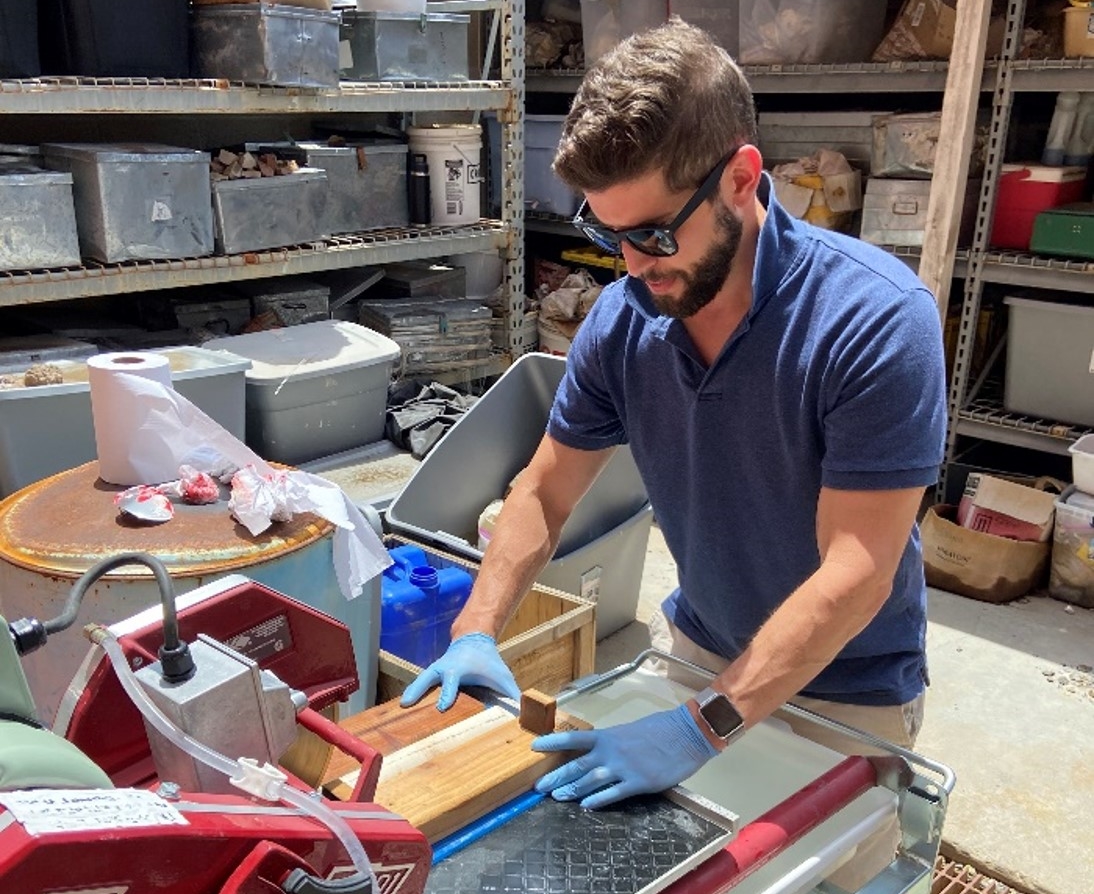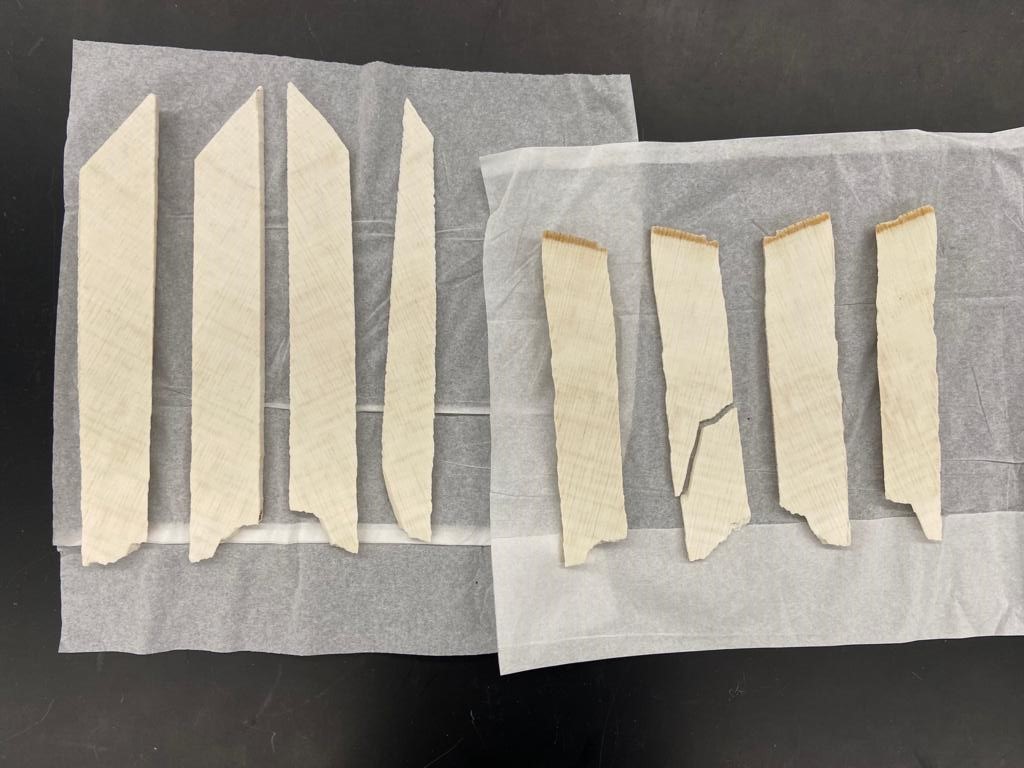
Coral reefs are living records of climate history in the world’s tropical regions.
The chemistry within a coral skeleton core sample can tell things like temperature, salinity and pH through time. The oldest records go back hundreds of thousands of years.
Supporter Spotlight
Investigating the climatic history of the ocean can help predict future climate patterns.
A research project out of the Earth, Marine and Environmental Sciences Department at the University of North Carolina Chapel Hill is using a technique inspired by seismology in an attempt to increase the accuracy of climate information that can be gleaned from coral samples.
Doctoral candidate Hunter Hughes is leading teams across three institutions to use this method he developed called SMITE. SMITE stands for Scleractinian Multivariate Isotope and Trace Element. Scleractinian refers to hard corals, and isotope and trace element are the two types of chemical signatures that Hughes is working with to get a full picture.
Preliminary results indicate that SMITE is outperforming conventional methods for reconstructing past climates using corals.
As a kid, Hughes said he was lucky to get to spend time exploring coral reefs through scuba diving.
Supporter Spotlight
“They left a very deep impression on me, and a really huge appreciation for the marine ecosystem,” Hughes said.
When he got older, that appreciation evolved into a research interest. In a college class, he learned that corals are great record keepers of climate history.
“I just pretty much haven’t looked back since,” Hughes said.
Corals sometimes get likened to tree rings. If you look at the cross section of a tree, you’ll see rings that represent time. Learning how to read the patterns in the rings can reveal a lot about the conditions in which the tree grew.
A similar phenomenon takes place when looking at a coral skeleton. If you know how to extract climate information from coral chemistry, you can gather information about things like ocean pH, temperature and salinity.
“These are all really, really important climate variables when we’re trying to understand how global climate functions,” Hughes said.

When talking about climate change, the North and South poles get a lot of attention, because they are areas where seeing drastic change is being seen. But the tropics, the area around the center of the Earth where most corals grow, are critical, also.
The tropics are the part of the world that receives the most solar heat. So understanding the conditions of tropical environments is very important to understanding climate.
Corals have been used to reconstruct climate from hundreds of thousands of years ago. But more consistently, it is possible to create reconstructions from the last 10,000 years.
Hughes likes to use the phrase “past is prologue” when it comes to understanding coral climate records.
“In order to understand where Earth’s climate is going, we really have to get a good understanding of where it’s been in the past,” Hughes said.
Scientists who study climate history in “proxies” like coral and tree rings are called paleoclimatologists. And as fruitful as their discoveries can be, they frequently have to deal with “noisy” data. That is, climate patterns mixed in with biological processes. Sorting through different data can be difficult.
Seismologists, or scientists who study earthquakes, are always dealing with “noisy” data and have to discern between the signal they want and the rest.
Hughes is borrowing from this concept and applying it to his research. The new method he developed, SMITE, aims to cut through the noise like a seismologist and get higher quality climate data.
“That is sort of the heart of the method, really being able to maximize the signal that we’re getting amidst the noise,” Hughes said.
Hughes is essentially working with more variables in the coral than conventional methods usually take into account. By using more measurements of the chemical aspects of the coral skeleton, he can use all of that information in concert to generate a more accurate estimate of past temperatures.
So far, SMITE has been able to consistently outperform conventional coral reading methods. Hughes is getting more accurate temperature data going back in time, and can better isolate the biological processes of coral from climate-influenced ones.
Hughes presented this method to the larger scientific community for the first time on March 1 at the Ocean Sciences Meeting. He is currently pursuing publication.
“Because SMITE has so much information to work with, it can tell us about those things, and give us sort of new windows into these processes that we didn’t have before,” Hughes said.
The information that Hughes is gathering can also be useful for learning how to better preserve coral reefs, which are themselves under threat because of climate change. Maintaining the health of coral reefs is very important to Hughes.
“The information in them is very valuable,” Hughes said. “But also of course, they as a species are potentially even more valuable.”







